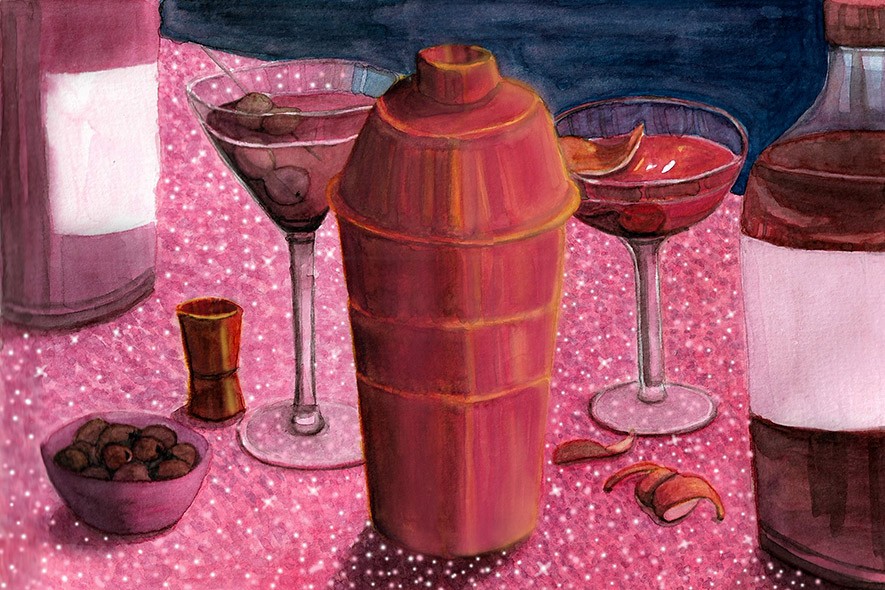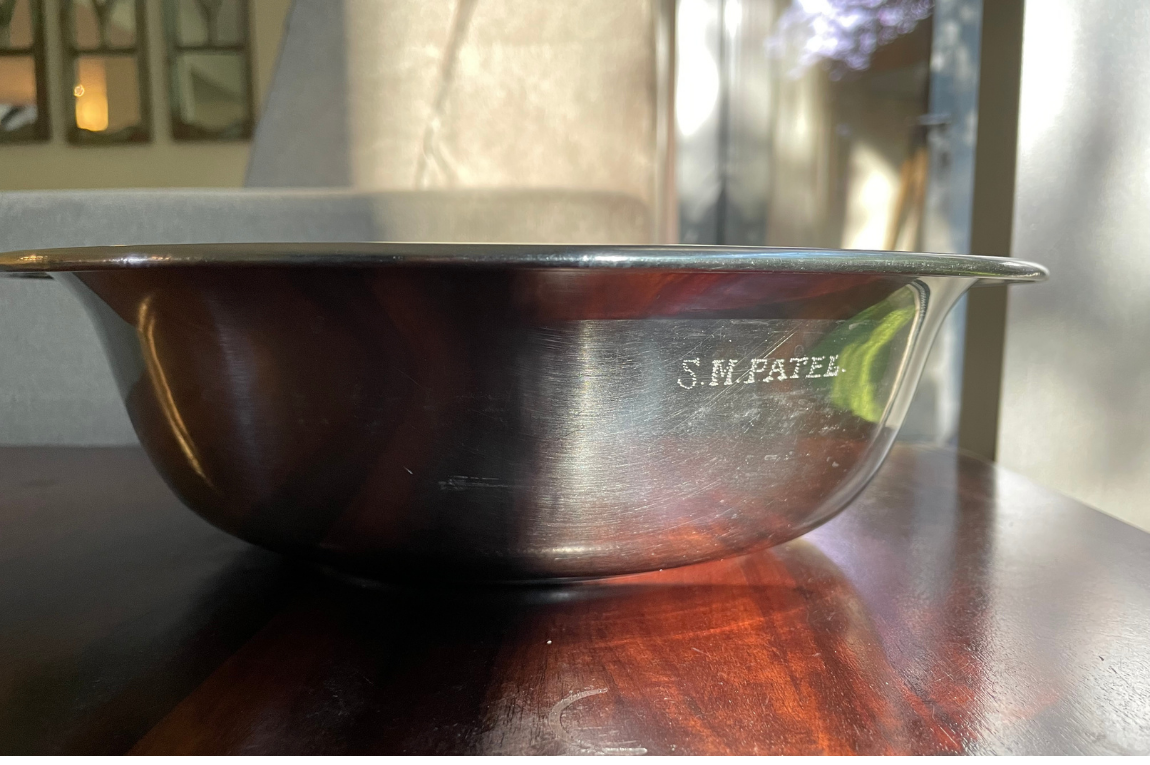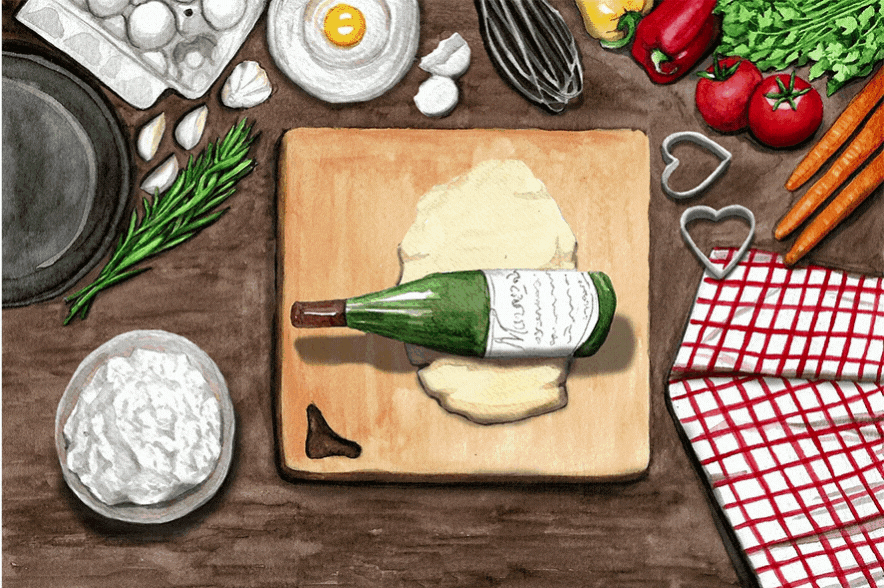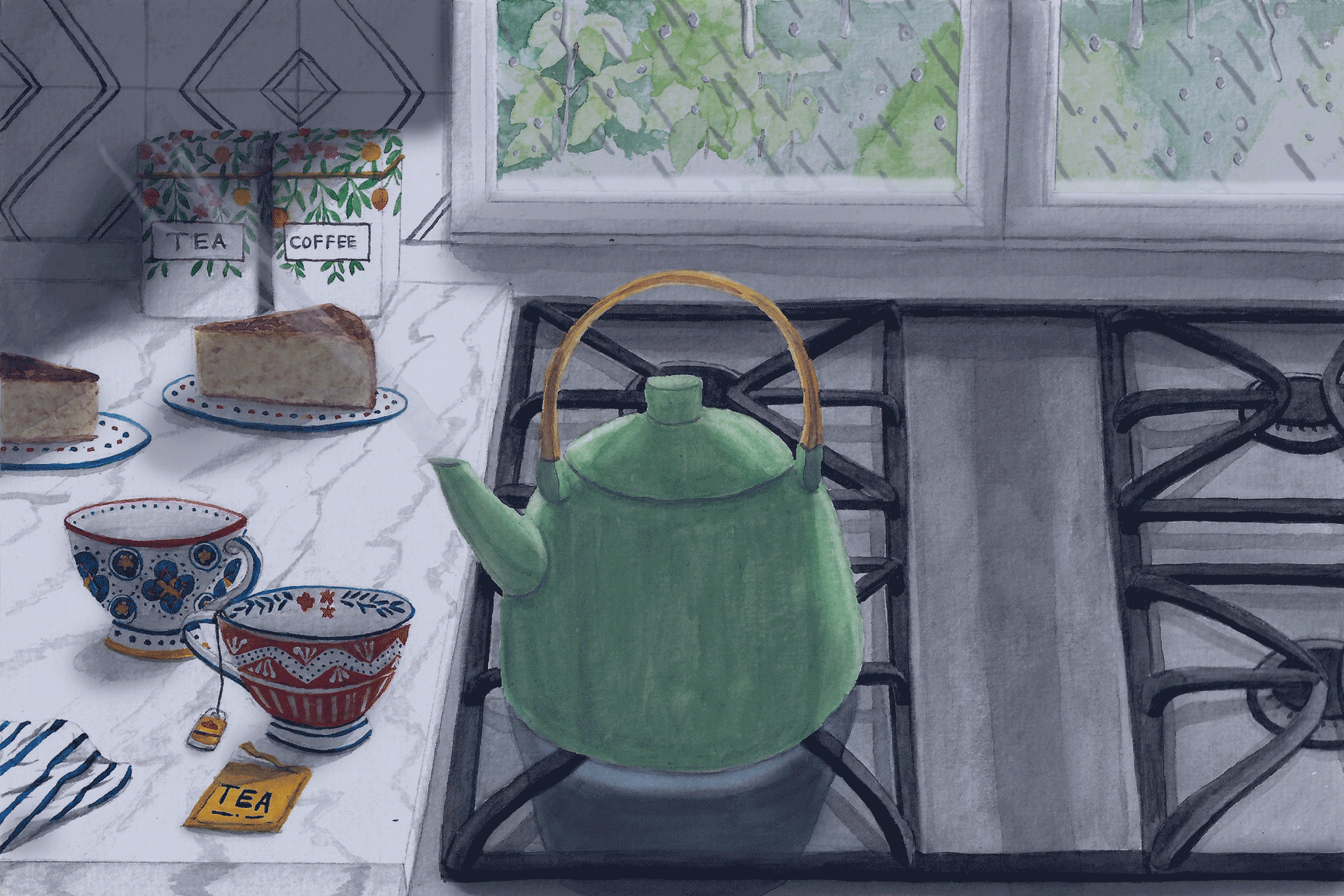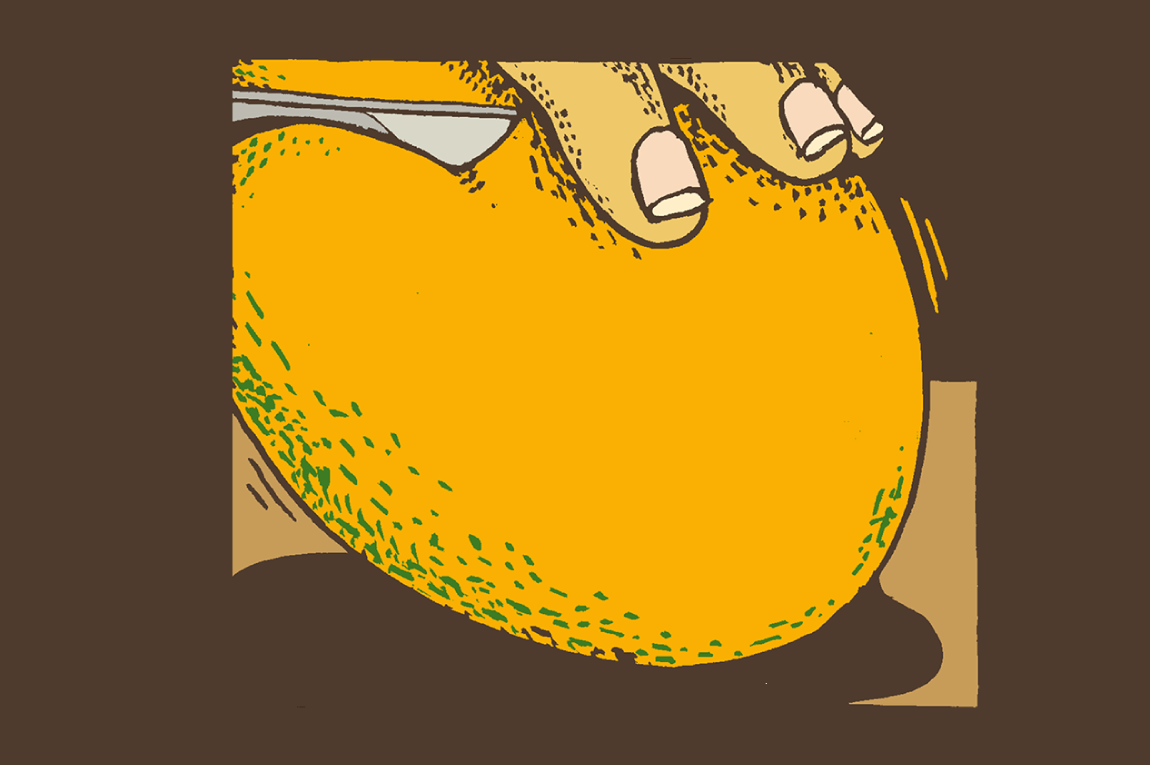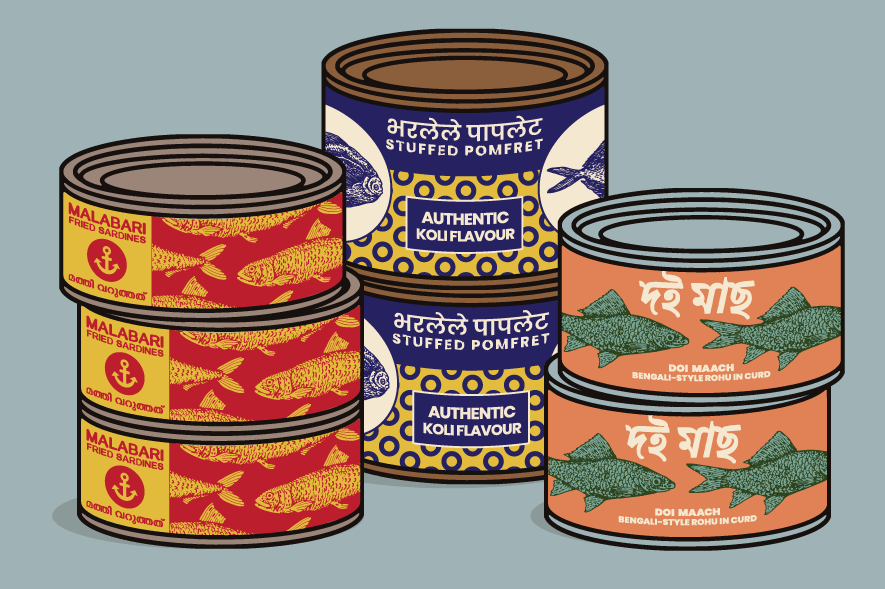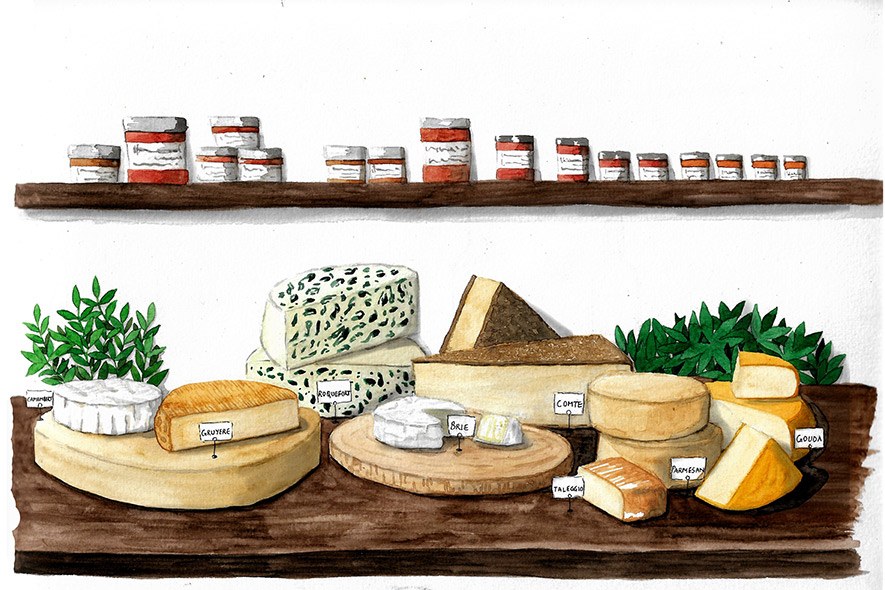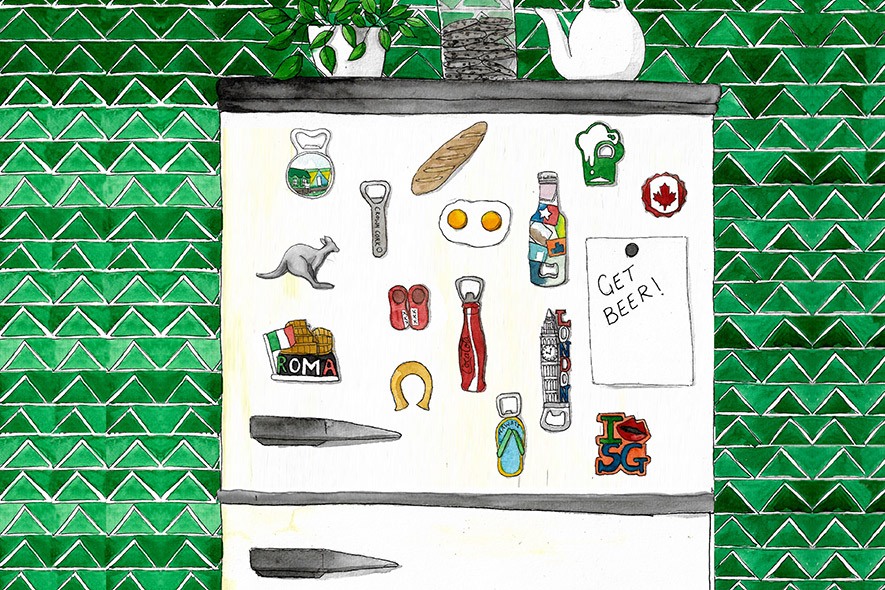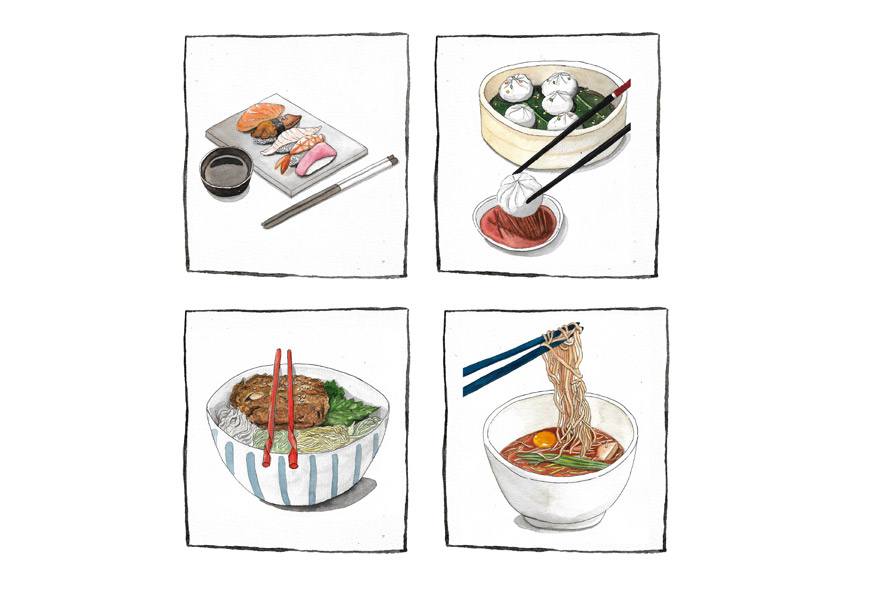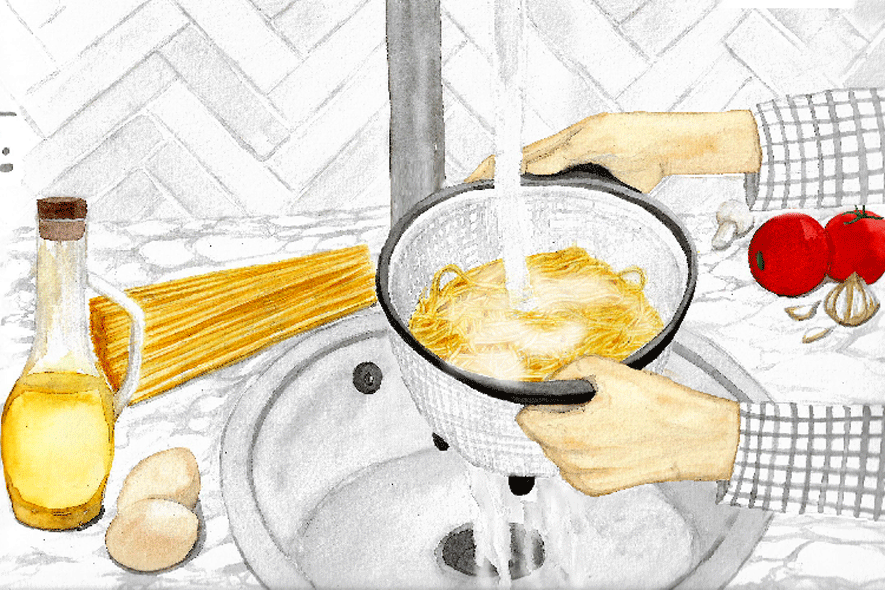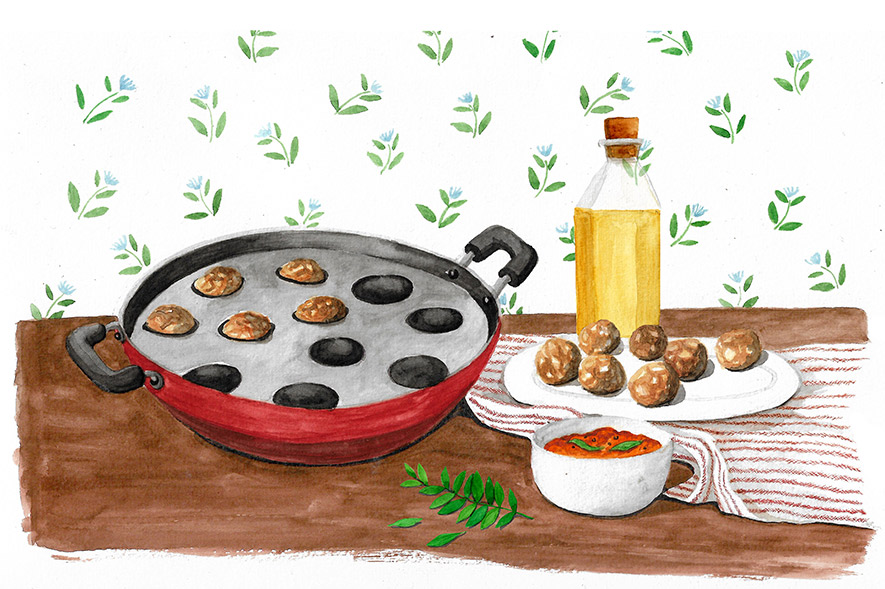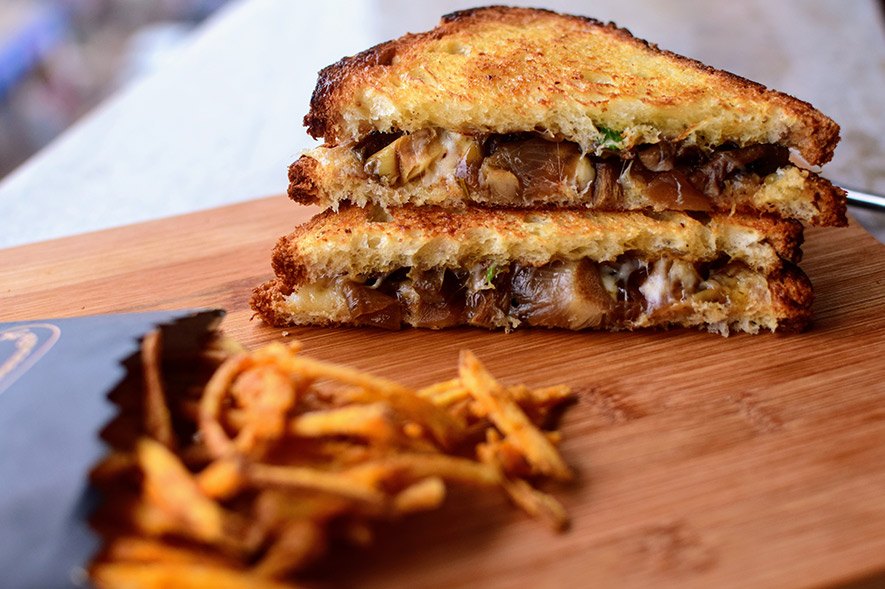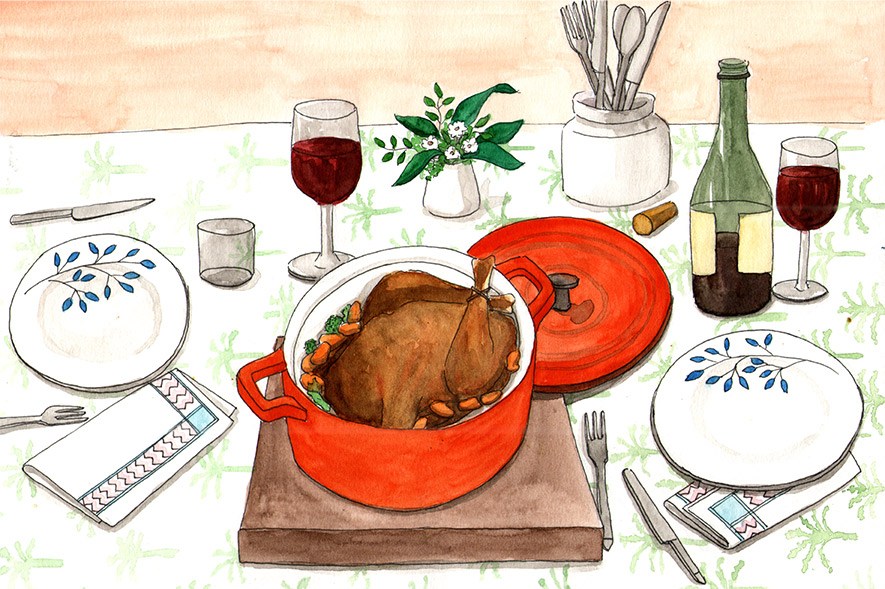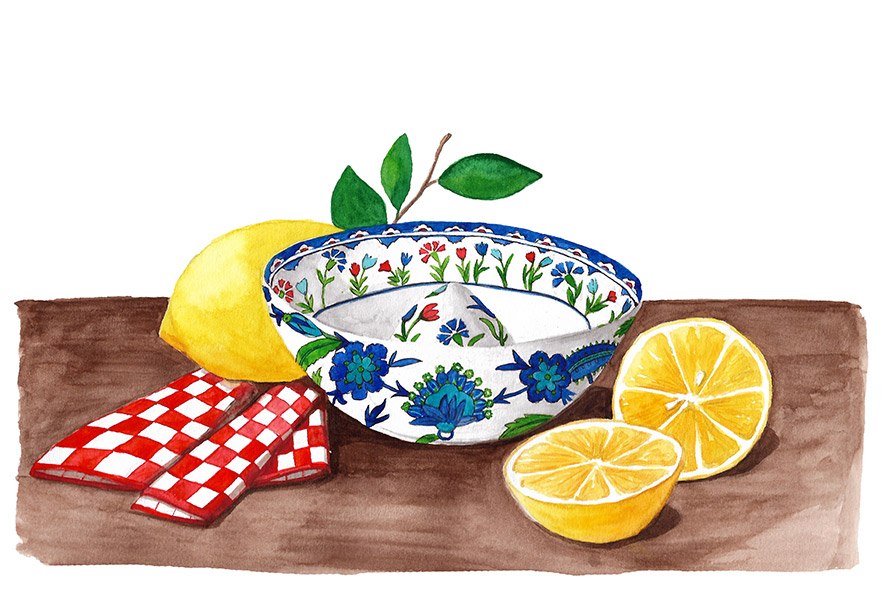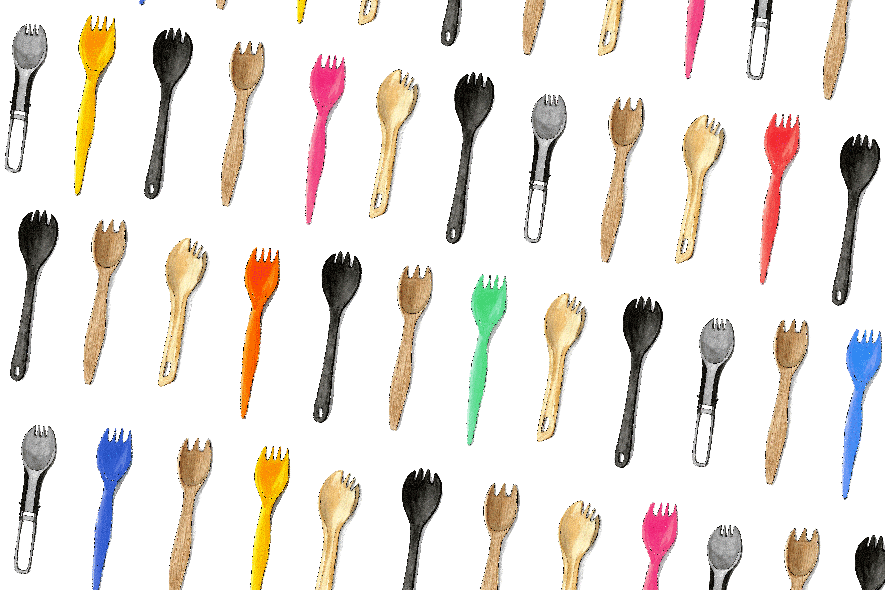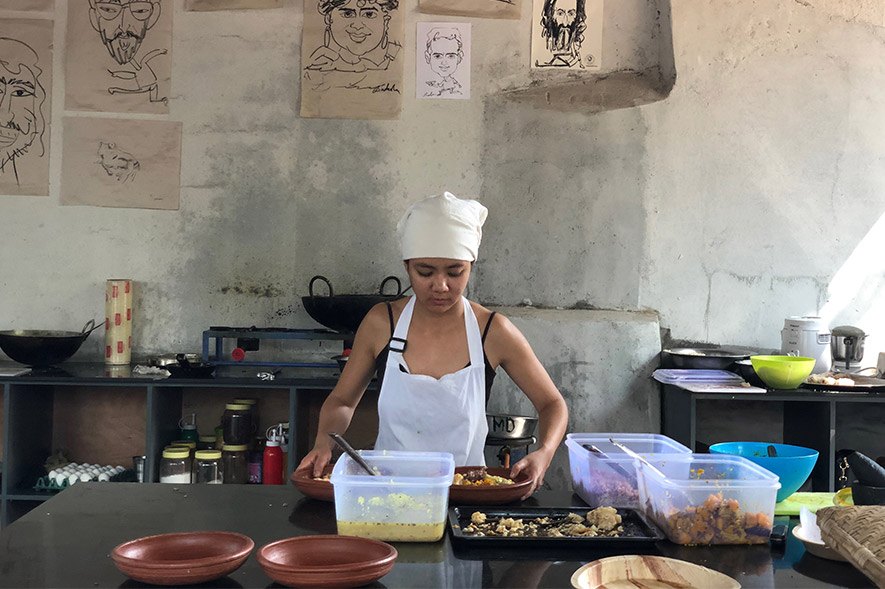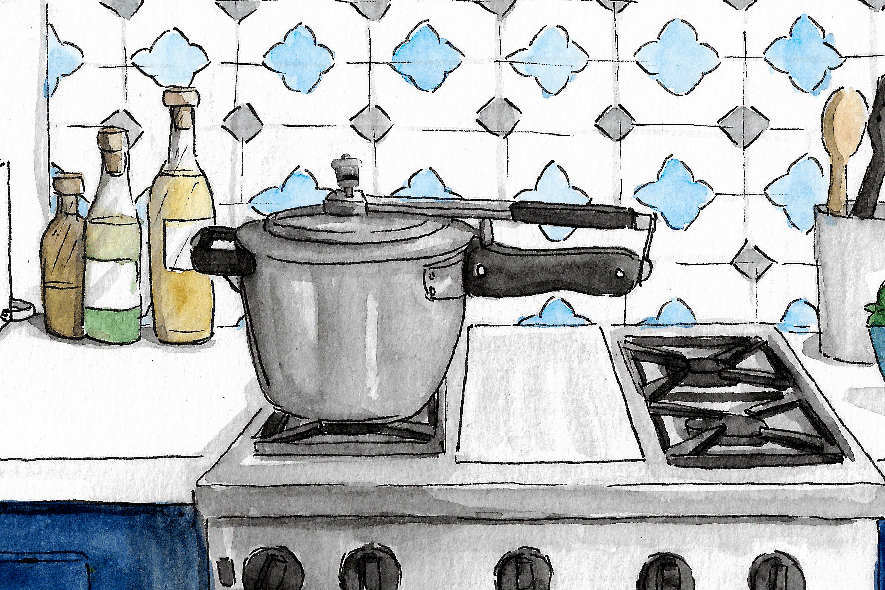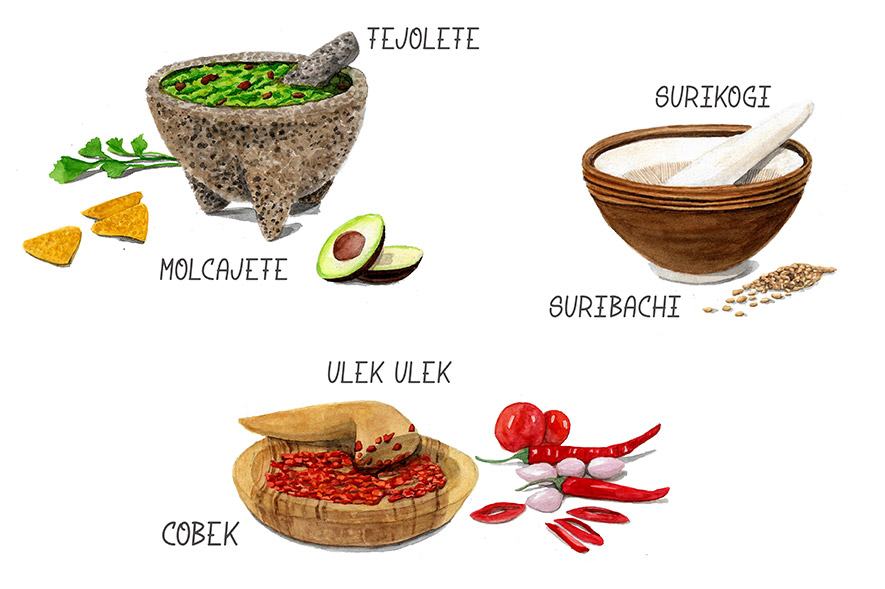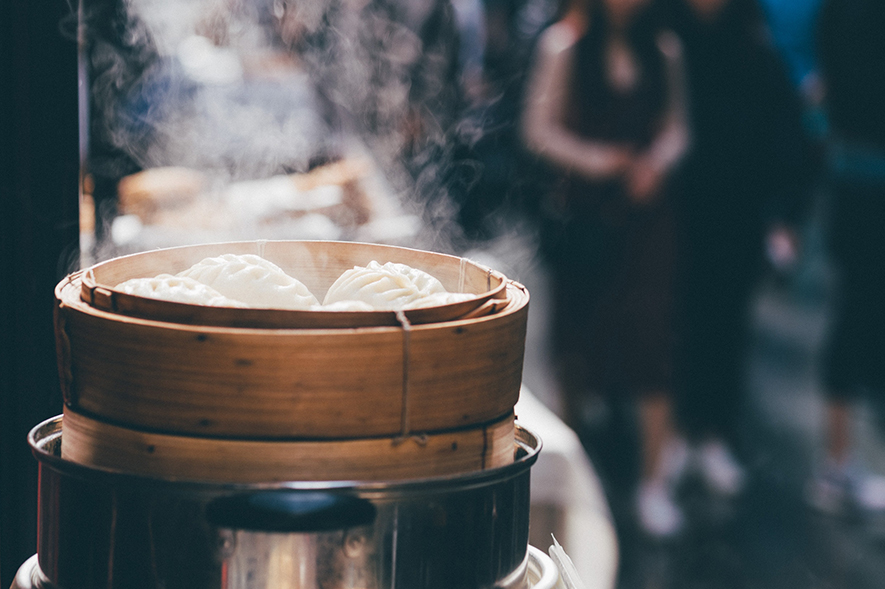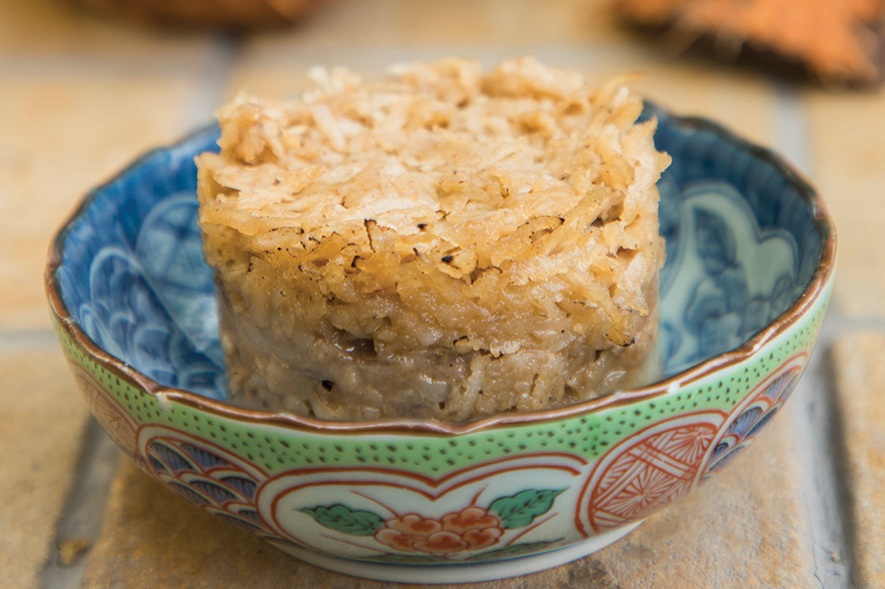Welcome to Pantry-Trippin’, a column in which food writer Roshni Bajaj Sanghvi unearths the cultural connections of cookware and other kitchen paraphernalia from around the world.
I can’t wait to get it in my hot hands. God, I have been lusting and longing for twelve years!”
Who would think a cocktail shaker might arouse the sort of fervent phraseology typically reserved for risqué romance novels? Going by this 1997 GQ article, it does. At least for Stephen Visakay — the world’s most famous collector of shakers, and the source of this not-quite-smutty declaration.
Visakay has collected cocktail shakers since the 1970s. He’s quite likely the one with the largest collection too — over 1,600 at last count. He even owns Der Fuhrer’s shaker, but he’s hardly the only one who is enamoured by this vital piece of bar equipment.
One only need look towards Sotheby’s lots to find old-time iterations of this tipplers’ tool auctioned for tens of thousands of dollars. There are lighthouse shakers from about 8,000 USD to 25,000 USD, 18th-century shrapnel shell ones made from the base of actual shells, as well as some penguins, dumbbells, bells, and zeppelins. Some have taken inspiration from the ubiquitous kettle, including one, gifted to a certain Al Capone on Christmas marked “To a regular guy, from the boys; 1932”.
About 9,000 years before 20th-century shaker design was reflecting the cultural and political flavour of the decade, pre-Hispanic South Americans were mixing their drinks in gourds. Three and a half millennia later, Egyptians were mixing spices into wine and other fermented beverages to make them more appetising — much like modern-day humans do. While mixed alcoholic beverages were being shaken before — the first published report of a shaker is attributed to shoe-leather journalist George Foster for The New York Tribune in 1848 — the cocktail shaker really came into its own during American Prohibition. It came in handy in both stretching restricted reserves of booze, and in concealing the coarseness of hooch. Before the shaker, cocktails — when they were not stirred — were poured from container to container like metre chai, which was neither nifty, nor neat.
According to Merriam-Webster, the word mixology came into use in the year 1872, the same year in which William Harnett applied for a patent for “an improvement in apparatus for mixing drinks” on Christmas Eve. Harnett’s design was a touch complicated involving plungers, springs, and a large footprint on the bar counter, so it vanished rather quickly.
On June 24th 1884, Edward Hauck of Brooklyn patented a “shaker for mixing drinks […] which consists of a vessel, a cup constructed to fit in an inverted position closely over the mouth of the vessel, a strainer secured in the upper portion of said cup, a cap which fits closely over the strainer”. Hauck’s shaker continues to provide the rudimentary construction of most Cobbler shakers — named for the then-popular-cocktail sherry cobbler — that’s preferred by most amateur mixologists even today.
In his application, Hauck goes on to say, “I am aware that liquor-mixers consisting of two cups, the one so as to closely engage the other, have heretofore been used, and I do not claim, broadly, such a device.” He’s talking about what we recognise as the Boston shaker, favoured to this day by most professional barkeeps because of its larger capacity, and its speed. (And perhaps for the practised bashing and tapping it involves to seal and unseal it.) The inventor of the Boston remains unknown, but is presumed to be an innkeeper who, while pouring a drink from one slightly smaller cup into a slightly larger one to mix it, found that the rim of the first could fit snugly into the other — this made for more efficient, effective mixing.
The third kind of shaker, the Parisian, is shaped like a Cobbler, but with a one-piece cap, without the strainer. Its pros and cons lie somewhere in between those of the Cobbler and the Boston, but it doesn’t enjoy the popularity of either.
When should a cocktail be shaken? When it needs to be aerated, emulsified, or chilled rapidly. But especially when it contains juice, eggs or milk, or is cloudy. “This is based partly on the fact that these last ingredients are harder to mix and partly on the fact that shaking clouds up liquids by beating thousands of tiny bubbles into them,” says cocktail authority David Wondrich in his wonderful book Imbibe!. To generalise, drinks containing clear spirits, like the negroni, are stirred.
Modern shaker design has cross-pollinated with all manner of household objects. A 1960s yo-yo shaker reportedly looks quite elegant and does its job better than we’d imagine – it was manufactured by Alabe Crafts, best known for The Magic 8-Ball. Remember when Mason jars were the coolest cups? Around then, a pair of former college roommates made the Mason Shaker. The OMG Eye Chart shaker makes seeing double a special kind of torture.
Sometimes, shakers inspire other household products. At Cocktail Kingdom, among our favourite barware stores, customers can pick from the Usagi Cobbler Shaker Baby Rattle which is “plush, rattles, and perfect for the infant mixologist!” recommended for baby bonifaces “ages 3 months and up”, or the Usagi Cobbler Shaker Dog Toy, made of squeaky rubber, perfect for your canine quaffer. One financial co-operative has recommended using a cocktail shaker as a Faraday cage to prevent car theft.
With all the drama and vigour they work up, shakers are rife in the movies. The Thin Man, a movie based on detective novelist Dashiel Hammett’s eponymous book is famous for its dipsomaniac characters Nick & Nora. In The Great Gatsby, an Indian veteran superstar plays a character that gets taken by Jay to a wild party at a hedonistic speakeasy. And then unforgettably, there is the 1988 Cocktail, with scenes that had many, often underage, movie-watchers want to echo Visakay’s sentiment, albeit in an unarguably risqué way.
Roshni Bajaj Sanghvi, a graduate of the French Culinary Institute (now International Culinary Centre) in NYC, lives in Mumbai and writes mostly about food and travel for many a publication. She’s a contributing editor at Vogue magazine, and her words have also been found in Condé Nast Traveller, Mint Lounge, Scroll.in, The Hindu, Saveur, The Guardian, and Travel + Leisure, among others. She’s crazy about obscure ingredients, and she always knows where to go back for seconds. You can find her on Instagram at @roshnibajaj.
Shawn D’Souza is a textile designer who moonlights as an illustrator. He draws as a way of understanding his surroundings better. He is on Instagram as @dsouza_ee.
Tell us what you think? Drop us a line.
